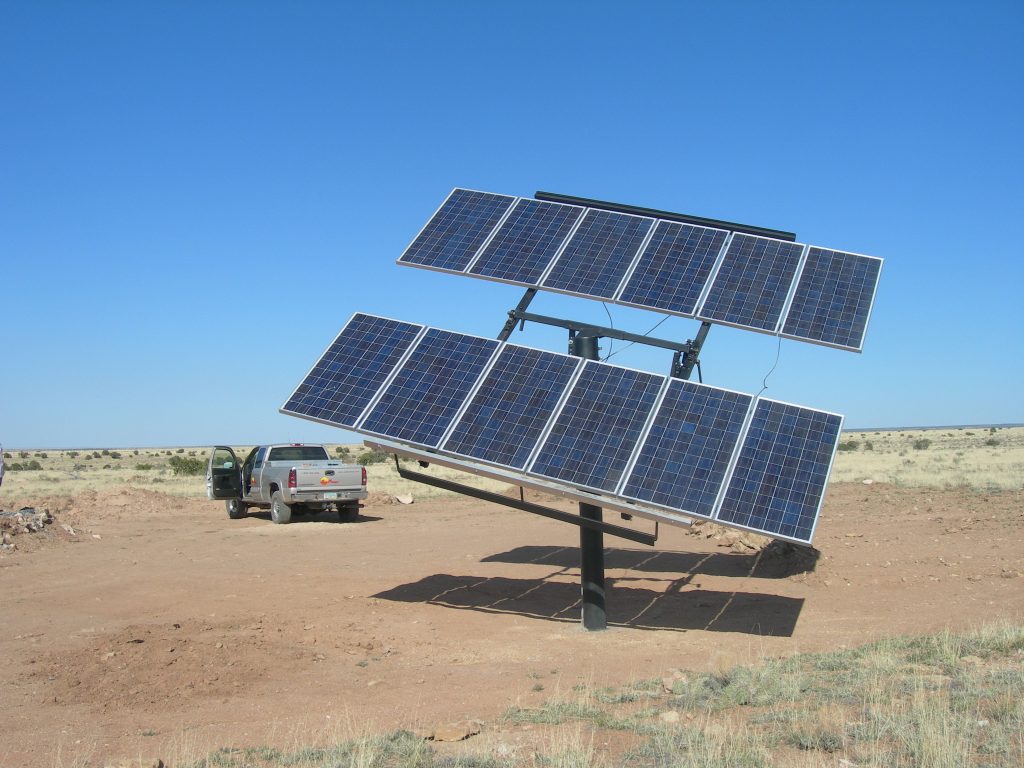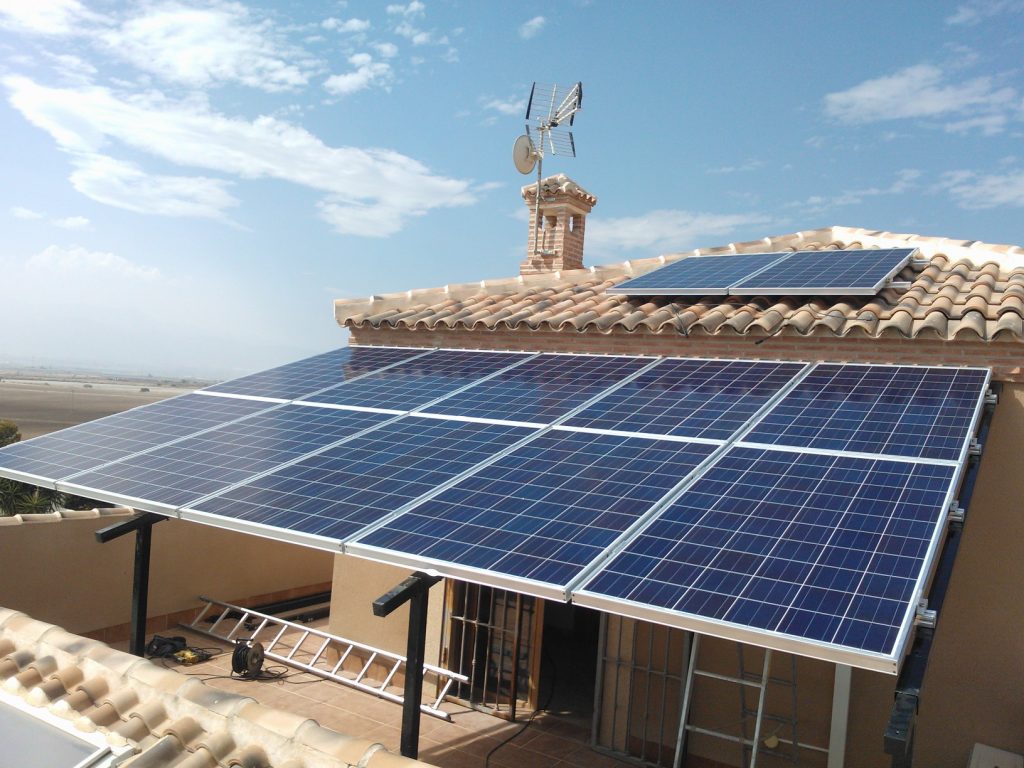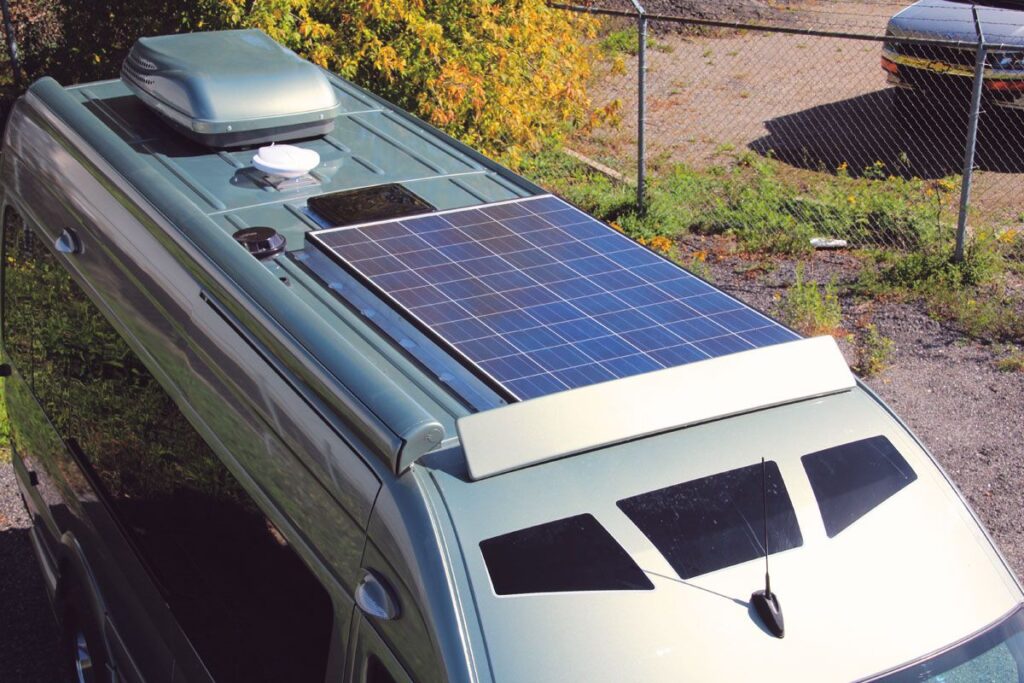Solar panels are an invention meant to help with the move from non-renewable to renewable energy. They harness the power of the sun and turn it into energy we can use in our homes. The panels also have the added advantage of emitting minimal greenhouse gases, which in turn reduces the effect mankind has on the ozone layer and slows down global warming. With low maintenance costs, the best solar panels will help you reduce your electricity bill as they are often a one-off purchase.
There are differences both in the physical components of solar panels and in their performance. These may provide a window that helps you determine the suitability of each panel to your needs. The features you need to consider include the power output, size, and weight of the product, as well as warranty terms. In terms of power, you want something that powers the utility gadgets you own, i.e. TV, fridge, water heater, vacuum cleaner, and any other appliance in your home. You also want something of an appropriate size depending on what you intend to use it for. A recreational vehicle will probably need a smaller panel than your house.
To assist you in choosing the best solar panel, we have done all the hard work for you. Our Editor’s Choice is the ROCKPALS Foldable 60W Solar Panel . Below you will find a table of suitable options showing the characteristics of each product. We have also discussed them in detail, covering their pros and cons. The resulting buying guide is one that we have come to after hours of research comparing information from authority reviewers, product features given by the manufacturers and also hundreds of customer reviews.
More features: 21.5–23.5% conversion efficiency; working current of up to 2.4A 5V DC per port; water-resistant; durable Oxford cloth
Most notable is the small size and weight. Outdoor activities like hiking and climbing usually involve carrying a lot of weight in your backpack. The last thing you need is to add a lot of extra weight because you want to go on that hike and still use your iPad. On that front, the ROCKPALS solar panel excels in that it only weighs 5.66 pounds.
The packaging is also pretty decent where the solar panel is encapsulated in a waterproof oxford cloth. Most components of the panel are also waterproof except for the junction box. There are a total of three USB charging ports mounted on the solar panel. Also, there are several adapters for laptop, solar generator, and power station use.
You are also likely to notice a similarity to the Suaoki 100W we mentioned earlier with the inclusion of an intelligent chip. Just like in the Suaoki, the chip identifies the connected device and determines the optimum current. This way, your devices are safe from high voltage and high current accidents.
More features: capable of flexing up to 248 degrees; waterproof
If flexibility is what you’re looking for, then this is probably the most flexible solar panel there is with an arc limit of 248 degrees. For the panel to be able to bend that much, it must be quite thin. The resulting weight is 6.2 pounds, which is a 70% decrease from what you would find on other standard solar panels of the same caliber. Being so lightweight, you would expect the panel to have little to no protection against the wind, and you would be wrong.
Just like the 300W residential Renogy, this product can withstand both winds of 2400Pa and snow loads reaching 5400Pa. All you would need to do to achieve this would be to install it using the adhesive on the back of the panel. For RVs, this is also probably the best solar panel there is. You won’t have to drill holes into your roof, and although it is not the 300W figure you get with commercial panels, 160W is still pretty solid output.
For large-scale applications, you can decide to combine a couple of these panels to increase the output. As a result, it is possible to completely go off the grid with your residential property if you buy enough of these panels.
More features: 5V/2A USB, 18V/5A DC; DC-to-DC cable; 10-in-1 connector cable for laptops
A lightweight panel makes it easier to transport and move around, and this model by Suaoki doesn’t disappoint. The panel folds and has a handle to make it easier to carry and hang. As per the power output, it’s not the most impressive. However, it is good enough to charge smartphones and portable devices. Since our smart devices come with us everywhere, the panel features a USB port for direct charging. Also included is a 10-in-1 connector cable that you can use with most laptop models. It would be wise for you to check your laptop adapter for instructions on voltage and current levels to ensure compatibility.
For added safety, the manufacturer put in an intelligent chip that works to curtail overvoltage, high temperatures and extremely high currents that could cause damage. The TIR-C technology, which is an innovation of the manufacturer, offers several other protection features. For one, it can detect the optimal charging current of the connected devices. This way, the charging power is not too much, and the time it takes to charge a device fully is shorter. Other features include short circuit protection, reverse connection protection, and EMF protection.
Like most other solar panels, you can expect this one to be weather sealed. However, leaving it out in a snowstorm may not be the smartest thing to do. If you travel a lot, this panel takes up little space in your trunk or in your RV. You can use it on the beach and camping trips.
More features: water-resistant; flexes up to 30 degrees
Like the name suggests, this particular panel caters mostly to the needs of RV owners. The overall flexibility and the mounting holes make it easier to mount on any irregular surface. This could be an RV, as mentioned earlier, a boat, your cabin in the woods or even your home. Also, a plus is the weight of the solar panel. Overall the 100W power output is nothing to brag about. Unfortunately, you cannot connect two of these panels, since they could cause an over-current and damage both the battery and the panel.
While the panel does bend, it is advisable not to test the limits of how far it can go, so you don’t end up breaking the product. A rather impressive feature is the inclusion of a blocking diode that is most useful at night. While most panels will lose power when it is dark, the blocking diode on the BougeRV will prevent reverse current drain retaining most of the energy collected in sunlight.
Also, this is the second installation of the same product with improvement in the design. The manufacturer added extra strands between solar cells, and this makes them stronger and less prone to breakage.
More features: comes with a pair of 35-inch cables; by-pass diodes are pre-installed in waterproof IP-65 rated junction box
At just under $170 this is a quality solar panel for the money. The low price gives you 100W power output and in optimum conditions can give you up to 500W by the time the sun goes down. Given that it is a large unit, you can permanently connect it to your roof with a few screws. The corrosion-resistant aluminum helps to protect the innards of the panel from damage caused by the elements, including strong winds and snow.
The junction box is also IP-65 rated, which means it can withstand dusty conditions and water jets without allowing damage to what is inside. For charging smartphones, the device comes with two USB ports. Also, the solar charge controller ensures that power levels remain within acceptable limits.
More features: corrosion-resistant aluminum frame; waterproof
The Renogy, despite its high pricing, is the most useful. The home takes priority when most people think of installing solar panels. However, your house is also the most intensive power consumer you own due to the number of people who live there in addition to the electrical appliances acquired over the years. It, therefore, makes sense to purchase a solar panel that can output the most power. This is where the Renogy Monocrystalline solar panel excels at with a total output of 300W.
Most people will opt to install this on their roofs because this is where it gets the most exposure to sunlight. The secret is to find a spot that can bear the weight of the panel, since it is also rather bulky. There are however no rules against installing the panel elsewhere if the need arises. You are also not likely to want to move the product about owing to its size and weight. This means constant exposure to weather elements. Able to withstand winds of 2400 Pa and snow loads of 5400 Pa, the durability of the panel is something to write home about.
Off the grid, cabins can benefit most from having a few of these panels. You can line up a few of them together, so they produce enough power for all the utilities of the premises. The same is the case for commercial establishments.
Buying a solar panel also shouldn’t be done on a whim. You should do your research, learn how the gadgets work, and weigh pros against the cons of owning one. That way you won’t regret your purchase. Here is what you should know beforehand.

Because the light from the sun is only available during the day, some people incorporate a power station or a battery while setting up their panels. They can consequently store some of the energy produced during the day and expend it at night.
Each solar panel has different characteristics depending on what the manufacturer thought was essential to its client base. Top on that list is the maximum power that a panel can produce at a time. The budget also comes into play as different devices will come at various stages of the cost spectrum. Usually, those with more high-end features end up costing more. Here are the essential considerations.
This determines whether a solar panel is ideal for home use, for camping or for whatever purpose you have in mind. An illustrative example is where a home would need maximum power for powering multiple appliances. As such, a portable 60W wouldn’t do you much good in your house. Conversely, you would only need to charge very few small devices while hiking. A point to note is that the more power a solar panel produces, the more likely it is to be expensive. However, it would prove wasteful buying a cheap model that barely has any functionality.
As you probably have noticed from our table above, all the solar panels have a different working voltage. However, you will also see that panels with similar wattage outputs also have their operating voltage within five volts of each other. When push comes to shove more is generally better, and that is why the Renogy 300W stands at the top. Nonetheless, in a battery system, this power has to be reduced significantly, so it can charge the cells without causing damage.
The operating voltage also affects the number of appliances it can power at a time as they all have their voltage requirements.
The voltage drives the current but depending on the hardware components, the resulting current may end up higher or lower. The current is measured in amperes, and this is depicted by the letter A. This also represents efficiency in transferring the energy produced. As such, the higher the optimum operating current, the better a panel is.
Bulky and heavy solar panels tend to be ideal in situations where they remain stationary for long periods. Examples include buildings, whether commercial or residential. It should also be noted that where you are installing the panel on a roof, the roofing material should be strong enough to handle the weight. When it comes to panels that you want to carry around, such as when doing outdoor activities, lighter is better. The roof of that RV you love so much is also probably not strong enough to handle big weights.

Warranty terms are essential in assessing the quality of the product in question. Manufacturers run tests before releasing their products and can thus estimate how long it’ll take for the product to start deteriorating. Comprehensive warranty terms indicate that the makers trust in their handiwork. Also, follow up to see if they follow through on warranty claims. Previous customers of the same products are more likely to give accurate information on this front.
You will need space on your roof if that is where you plan on mounting them. Of course, if you plan to go entirely off the electrical grid, you will need more space as that will require more panels. It is not necessary that they all go on the roof. You can also opt to host them in your backyard so long as sunlight reaches them.
Installing solar panels can be a grueling affair, and if you are not a seasoned DIYer or a professional, you risk damaging your new purchase. If you insist on doing it yourself at least have someone with the knowhow walk you through the process.
Shopping for a solar panel or panels is an expensive affair, and the last thing you need is to buy equipment that doesn’t benefit you. For that reason, you can survey your electrical appliances, and calculate how much power you would need to use them effectively. This will give you a rough estimate of how many panels you need to purchase and the budget requirements for the whole process.
Our top three picks are the Rockpals, the Renogy 160W, and the Suaoki. What makes the Rockpals so special is that it is an all-around quality product geared to service the needs of most of the population. The installation is a onetime affair and can be done both on residential and commercial properties.
Next up is the Renogy 160W, which has high power capabilities in addition to the most straightforward installation process so far. Also, the fact that it is so light doesn’t take away any of its weather resistance capabilities. In terms of versatility, you can use it on your RV, boat, or cabin in the woods. The Suaoki 100W doesn’t fall far behind either with a healthy mix of portability and a sensible power output, making it the ideal carry-on for road trips.





